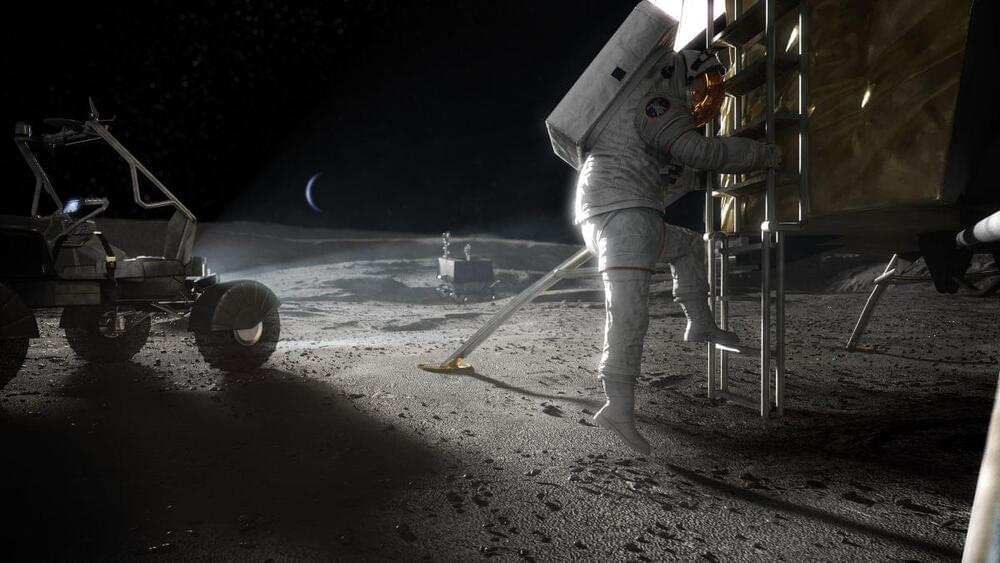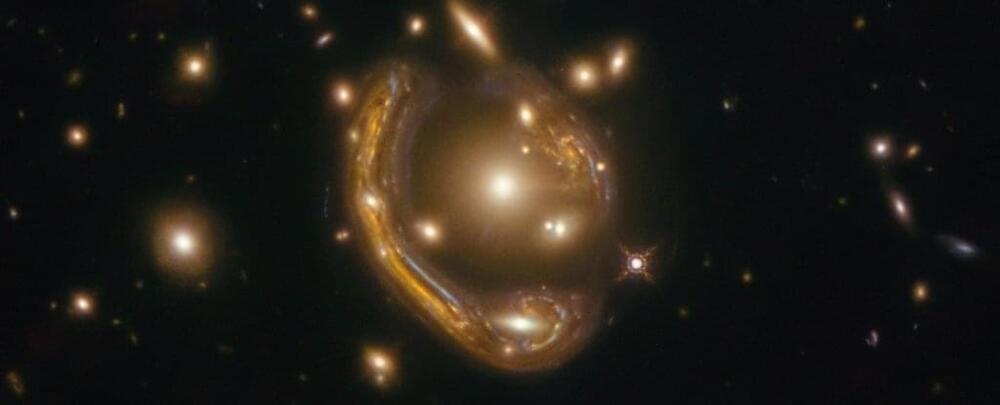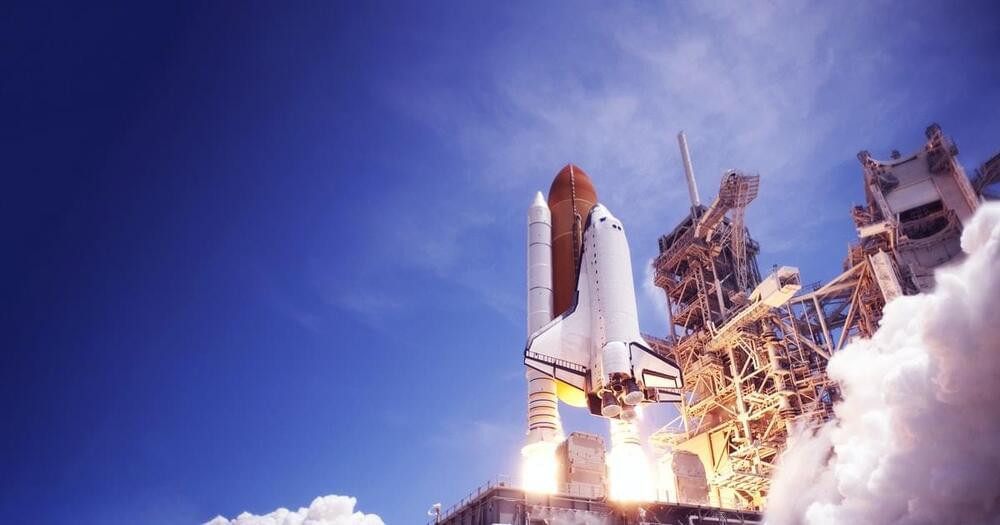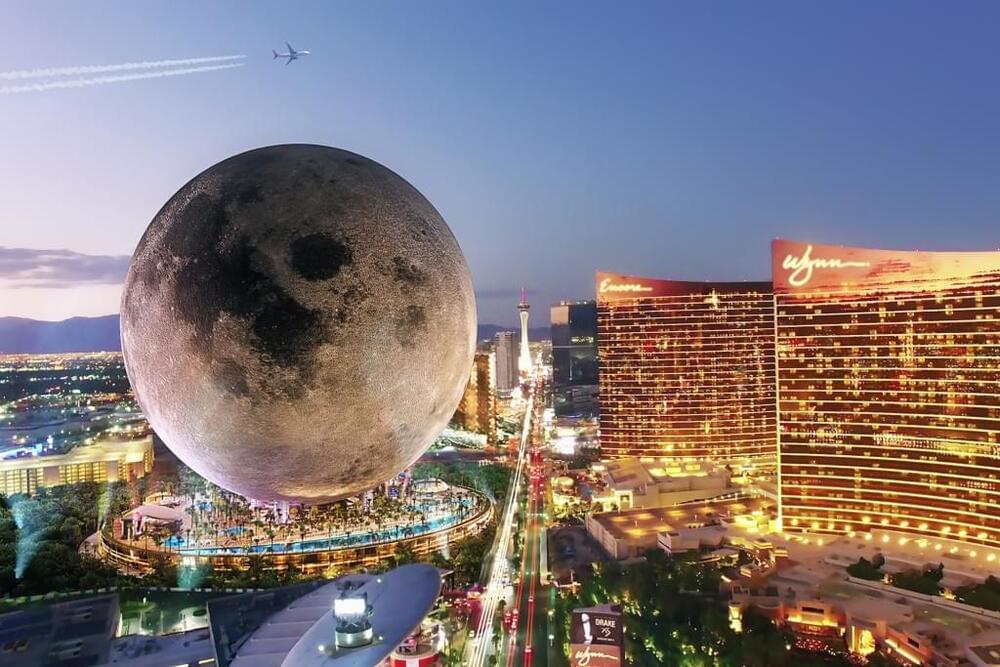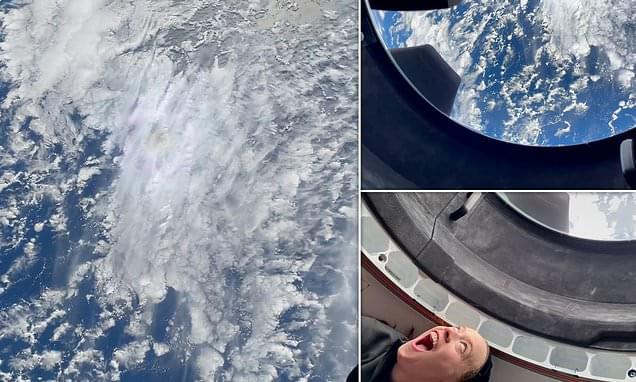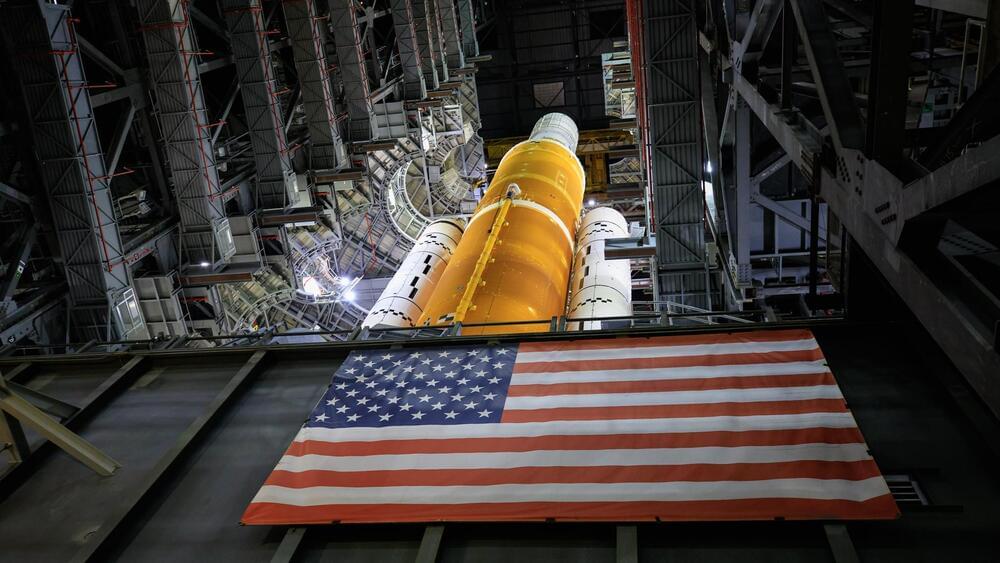Sep 25, 2021
Moonshots, private space stations and more: NASA chief Bill Nelson on the future of human spaceflight
Posted by Genevieve Klien in category: space travel
Nelson thinks big things are coming, despite some notable challenges.
COLORADO SPRINGS, Colo. — NASA Administrator Bill Nelson is confident the agency’s human spaceflight future is bright, despite the inherent difficulty of the endeavor and some challenging international issues.
“NASA is an agency of overcomers,” Nelson told Space.com at the 36th annual Space Symposium, which took place here last month.
